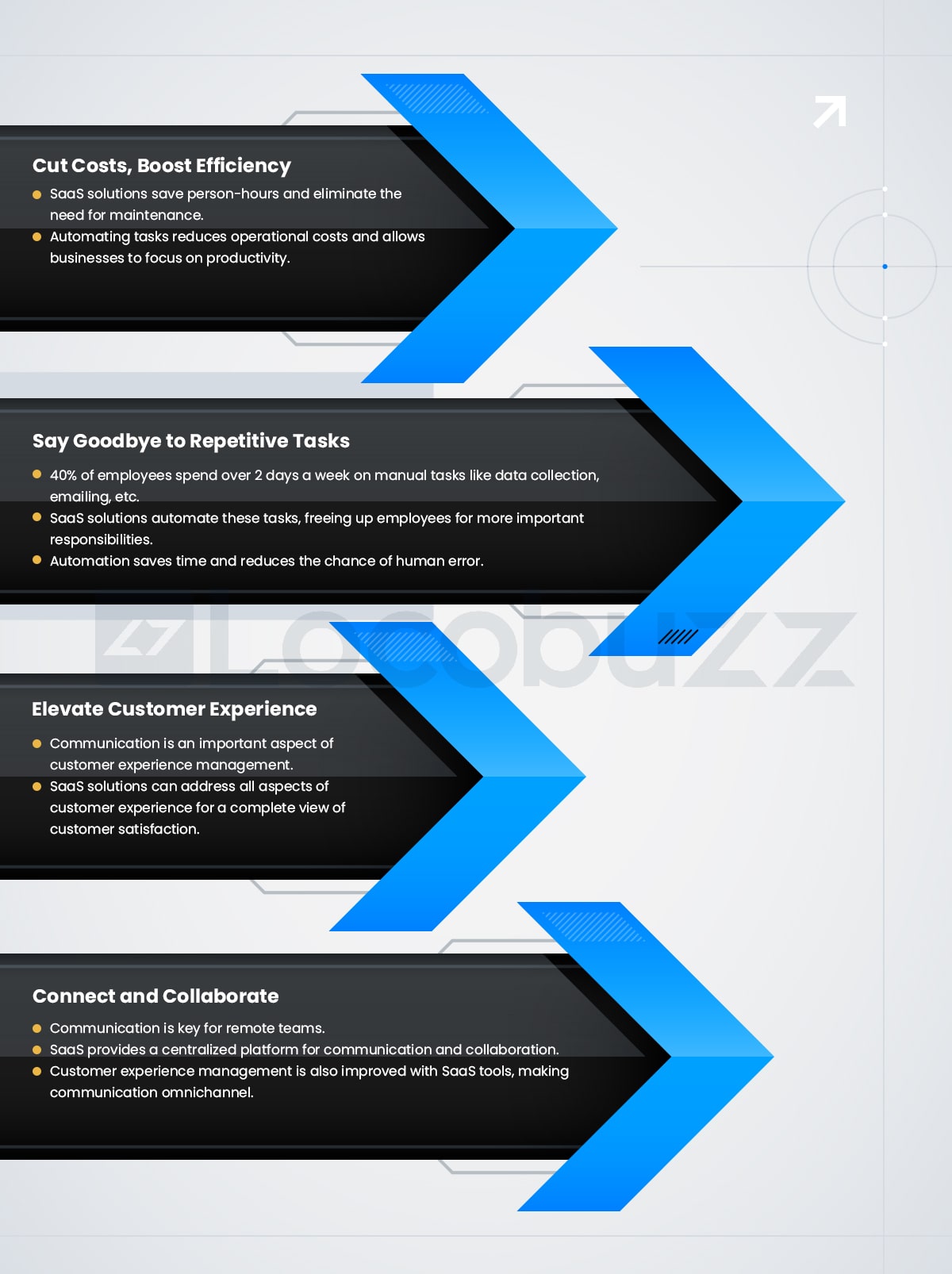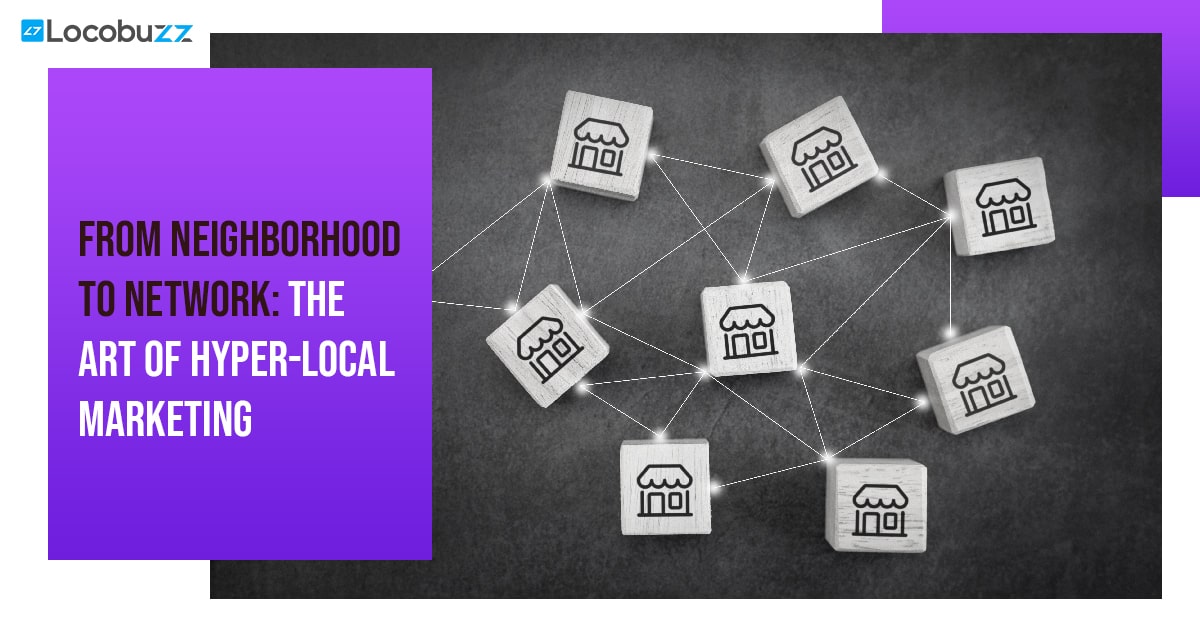Why SaaS Companies Increase Productivity And Will Continue To Improve WFH Economy

Even though remote working distributed companies may have different work-from-home or work-from-anywhere models, one thing that binds them all is the struggle to maintain peak productivity. The problem aggravates when the lack of tools and technology poses the greatest roadblocks on the path to productivity. However, businesses may simply not have the resources available for developing software solutions in-house.
If such a problem resonates with your condition, then Software-as-a-Service or SaaS can be a viable option to stay afloat. Here’s a look at how SaaS boosts employee productivity:
Table of Contents

Automating Manual or Repetitive Tasks
More than 40% of employees spend more than two days in a work week on manual and repetitive tasks like data collection, data entry, sending or reading emails, etc. Clearly, it is a massive productivity drain. SaaS solutions can be instrumental in injecting automation to tackle such responsibilities and allow employees to focus on more challenging tasks. Even if you are unable to automate the entire process, SaaS tools can definitely lend a hand in expediting work.
Reducing Operational and Maintenance Costs
In the world of remote working, time is money. A dive into the world of business automation will save several person-hours, which could be redistributed to drive efficiency and productivity. At the same time, SaaS tools are largely unified, data-driven, and integrated, which is why there is a slimmer chance of human errors or mistakes that can turn costly. Plus, unlike bespoke, in-house solutions, enterprise SaaS platforms require no additional maintenance, thereby eliminating any associated costs.
Streamlining Communication and Collaboration
Collaboration is the cornerstone of making remote working successful, and collaboration rests on the bedrock of communication. SaaS, specifically CaaS (Communication as a Service) or UCaaS (Unified CaaS), offers a channel-agnostic, centralized platform to bring the entire remote team on the same page.
Even if the communication is external, SaaS tools can be useful for customer experience management so that your remote business can become omnichannel and communicate effectively across different touchpoints.
Improve Customer Experience and Satisfaction
As touched upon earlier, communication plays a crucial role in managing customer experience. However, customer experience also comprises elements like reliability, availability, simplicity, accountability, adaptation, and anticipation.
As such, the role of SaaS solutions extends beyond communication as it can be harnessed to service the other segments of CX and gain a holistic overview of customer satisfaction. Most importantly, you can use it to empower your employees regardless of their location!
Closing Thoughts
Businesses working remotely can use the SaaS model as a catalyst to maintain productivity and leverage the best of the technologies available. It can also be a push required for a business to adopt cloud technology while letting go of legacy remote working systems. Most importantly, it plays a level-playing field by allowing small and medium businesses to contest with established enterprises.
With such tangible benefits, SaaS tools are about to make a permanent home in the remote working ecosystem. For more insights and solutions, visit Locobuzz.

















